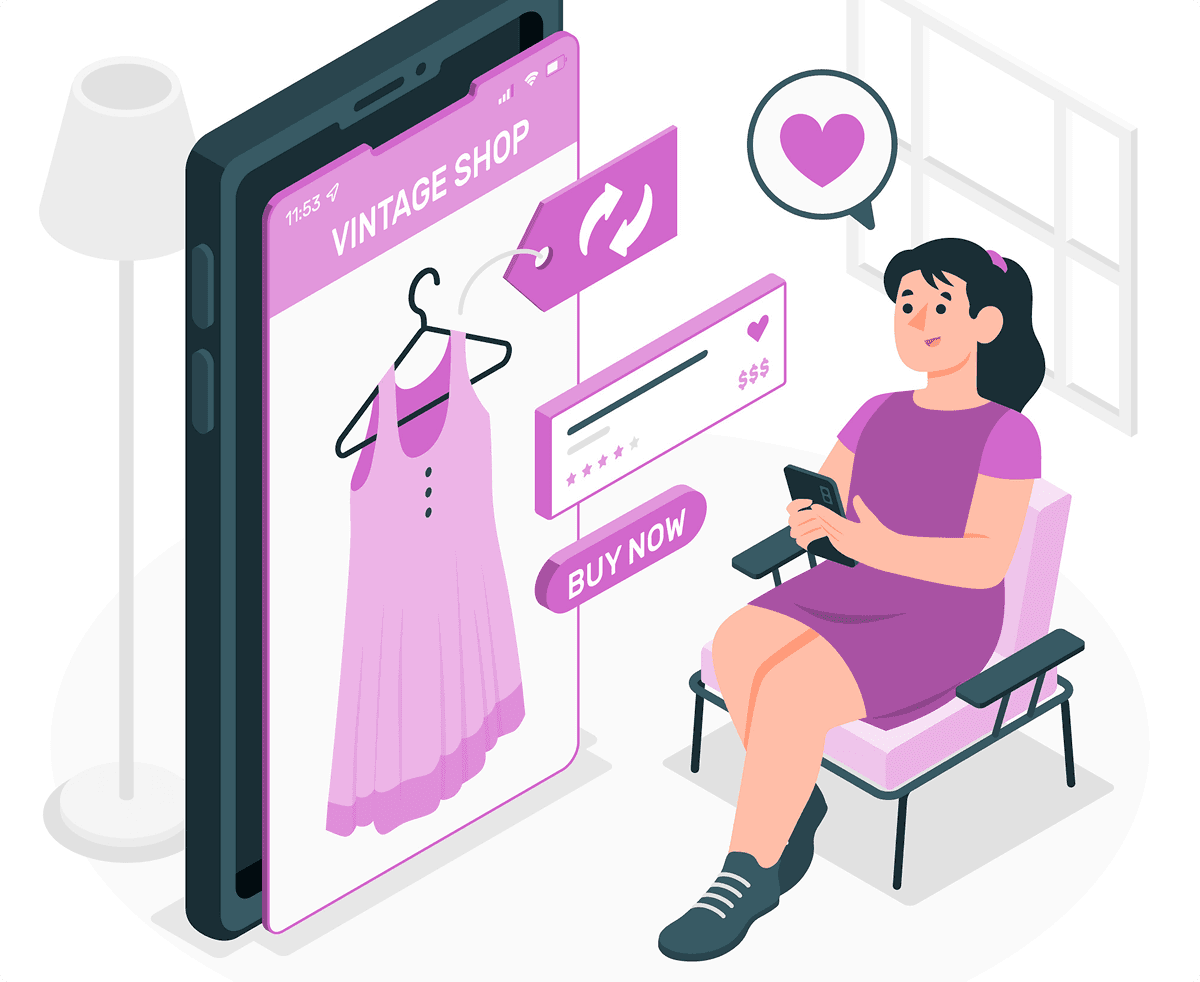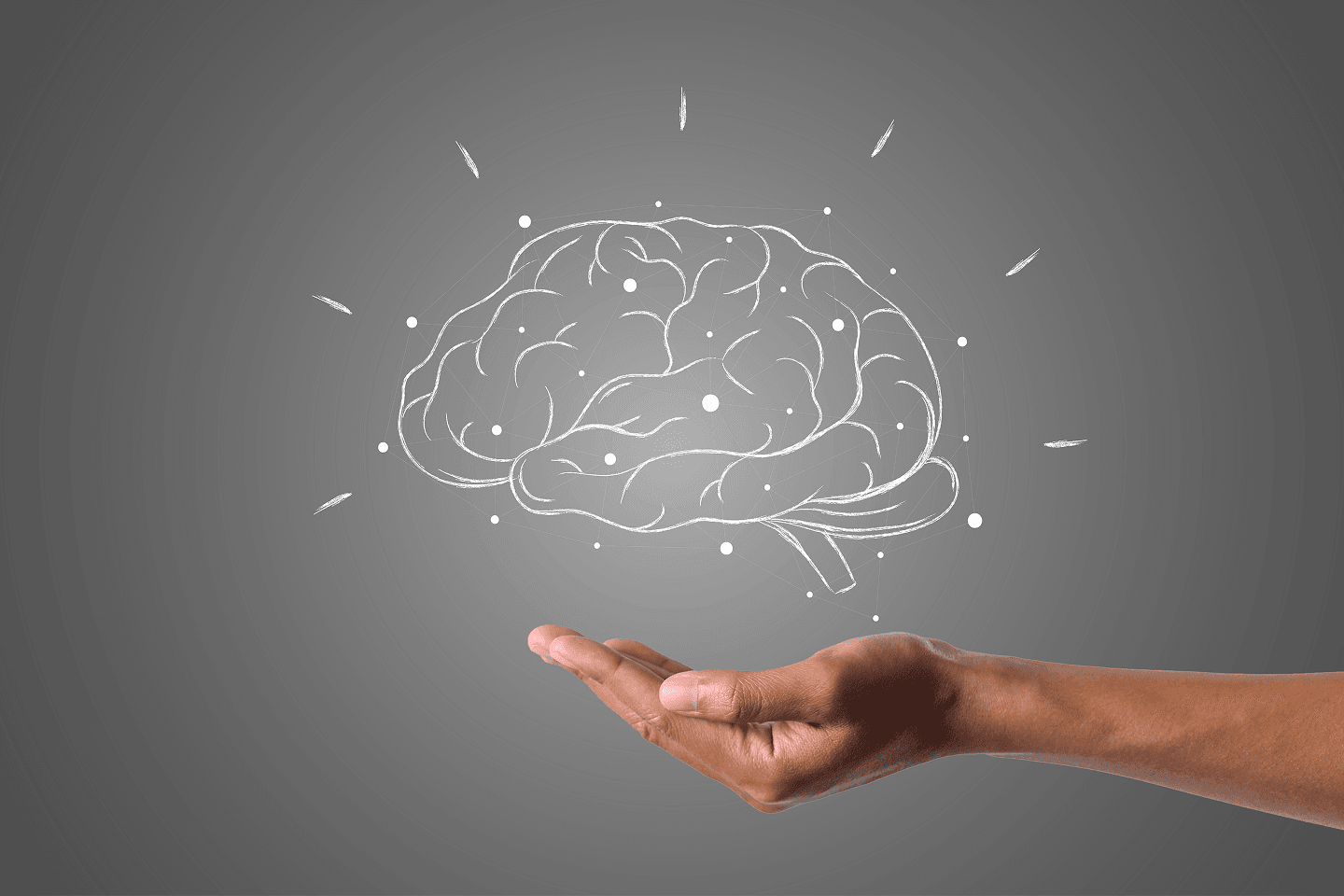Introduction to Psychology and Conversions
Selling online is no longer just about showing nice products and an “Add to Cart” button. Today, every interface detail draws on cognitive psychology to influence visitors. Major platforms already use these principles, often without you noticing: colors that reassure, copy that lowers friction, and micro-animations that guide the eye.
According to the Baymard Institute, 69% of shopping carts are abandoned; using the right persuasion levers can cut that rate in half. Understanding the psychological mechanics behind every click is vital to turn prospects into buyers. In this article, discover seven invisible but powerful techniques ready to lift your e-commerce conversions.
Anchoring effect: give an irresistible point of reference
Anchoring is our tendency to rely on the first number we see to judge a product’s value. When a high initial price precedes a discount, the final price suddenly feels very attractive. To leverage this effect, display the crossed-out original price clearly along with a visible discount percentage. Place the anchor in the product page’s hot zone: near the image and the purchase button. Be transparent to build trust. The discount must feel credible or confidence will collapse.
Social proof: reassure through others’ behavior
No one wants to make a mistake. Seeing that other customers buy, comment on, and rate an item positively reduces uncertainty. Highlight your best-sellers with a “500+ sales this month” badge, or show “17 people are viewing this product” to create a soft sense of urgency. Authentic reviews (text, photos, ratings) are even more powerful, and they also feed your SEO through user-generated content.
- Tips to maximize social proof
- Add a “Recently viewed by others” section under the description
- Feature video testimonials from satisfied customers
- Display star ratings in rich search results

Scarcity and urgency: create the fear of missing out
Tell a user they might miss a good deal and they will move faster. Scarcity (limited stock) and urgency (countdown timers) trigger a cognitive bias known as FOMO, the fear of missing out. On a product page, add a badge like “Only 4 left in stock” or a timer for the end of a flash sale. Keep it honest. If you always simulate low stock, people will notice and trust will drop.
Cognitive load: simplify to remove friction
An overloaded brain hesitates, then gives up. Every unnecessary field and redundant piece of information is a hidden obstacle. To reduce cognitive load, streamline your checkout forms. Ask only for data needed to ship the order. Use address autocomplete and card icons to signal the next step visually. The result: fewer errors, fewer drop-offs, and a faster checkout flow.
Micro-interactions that guide the user
Micro-animations (color changes, subtle vibrations, visual validation) guide the eye without disrupting reading. A green check icon after a valid email or a tiny shake when a field is empty provides instant feedback. This small reward lowers stress and reinforces the feeling that the site is reliable and friendly.
Endowment effect: give before you ask
We assign more value to an object as soon as it “belongs” to us, even briefly. Offering a free trial or a digital sample triggers this sense of ownership. For example, provide a 3D configurator where users customize a shoe. When they see “YOUR creation,” they already feel like owners. The same applies to software trials: giving 14 days of full access increases paid retention because the perceived loss feels higher.
- Quick applications of the endowment effect
- Generate a free personalized mockup before purchase
- Send a welcome gift after newsletter signup
- Offer free returns for 60 days
Consistency bias: smooth out your brand narrative
The consistency principle says we align our actions with our previous choices. If branding, tone, and visuals stay consistent, visitors feel less cognitive dissonance and move naturally toward payment. Make sure your homepage, product pages, and checkout tell the same story: same color palette, same typography, same promise. Consistency also applies to microcopy. The purchase button tone should match the cart tone (“Confirm my order” rather than a vague “Continue,” which can create doubt).

Reciprocity bias: inspire the urge to give back
When a brand offers something with no immediate strings attached, people feel like returning the favor. A useful PDF guide, an exclusive promo code, or free gift wrap can trigger this bias. Lead with generosity from the first visit. Avoid aggressive pop-ups that demand an email before delivering value. Offer a mini-course, a checklist, or a free comparison first. The email address will follow naturally when a discreet call to action invites users to receive premium content.
Build reciprocity into the UX
Create a “Resources” area where users can download without initial signup. After reading, offer an upgrade (longer version, video, fill-in template) in exchange for an email. This converts better than a generic signup banner because it respects the “Give first” principle.
Combine levers for maximum impact
One psychological lever works, but combining them multiplies the effect. For example, pairing social proof (reviews) with urgency (countdown) and scarcity (remaining stock) in the same block increases clicks on “Buy.” Keep an ethical lens. Too many stimuli can tire or annoy users. Prioritize clarity, leave visual breathing room, and structure information clearly.
- Winning combinations of levers
- Scarcity + Social proof: “Only 2 left, already 27 five-star reviews”
- Endowment + Consistency: an on-brand product configurator followed by a personalized cart reminder
- Reciprocity + Reduced cognitive load: free guide, then two-click signup with OAuth
Test, measure, iterate: the scientific method
Implementing these principles is pointless without validation. Run A/B tests with a tool like VWO or similar. Set a clear hypothesis: “Adding a scarcity badge will increase add-to-cart rate by 10%.” Define a minimum sample to reach statistical significance. Then analyze metrics: click-through rate, time on page, and average order value. Segment mobile and desktop. Some biases trigger differently depending on context.
Conclusion
Persuasive design is not about manipulation. It aligns psychology and ergonomics to remove friction and increase perceived value. By applying anchoring, social proof, scarcity, lower cognitive load, the endowment effect, consistency, and reciprocity, you build an experience that reassures, guides, and converts. The challenge for 2025 is to stay authentic and transparent to build lasting relationships. Measure every change, fine-tune your visuals and copy, and watch your conversions rise without sacrificing user trust.



